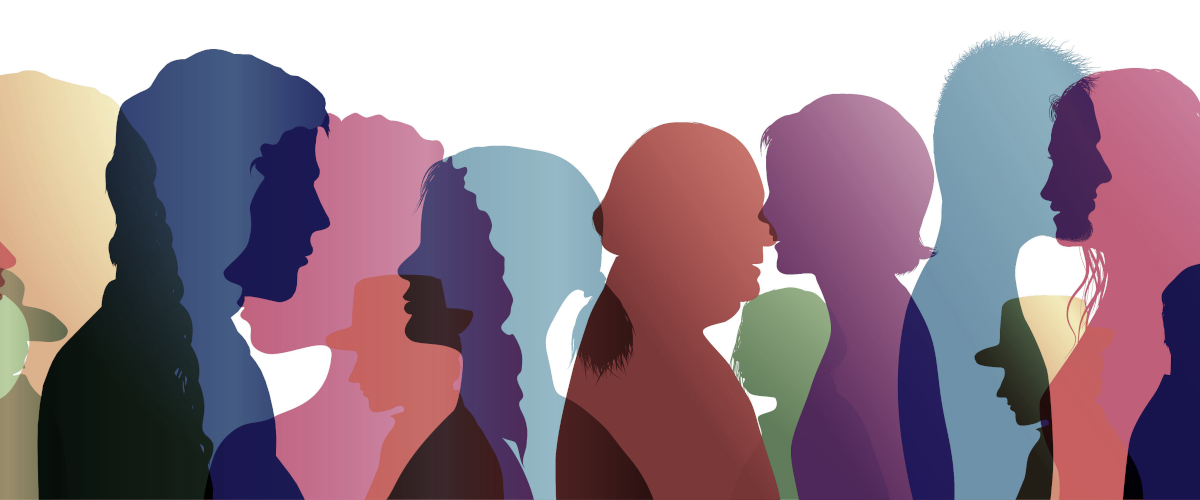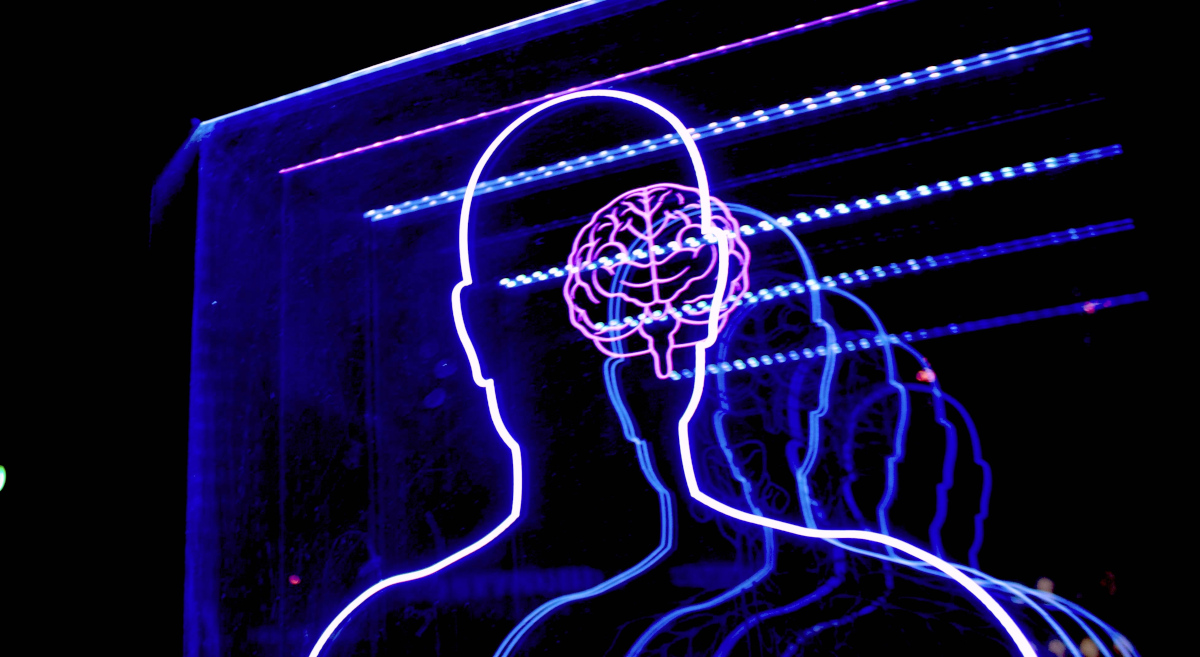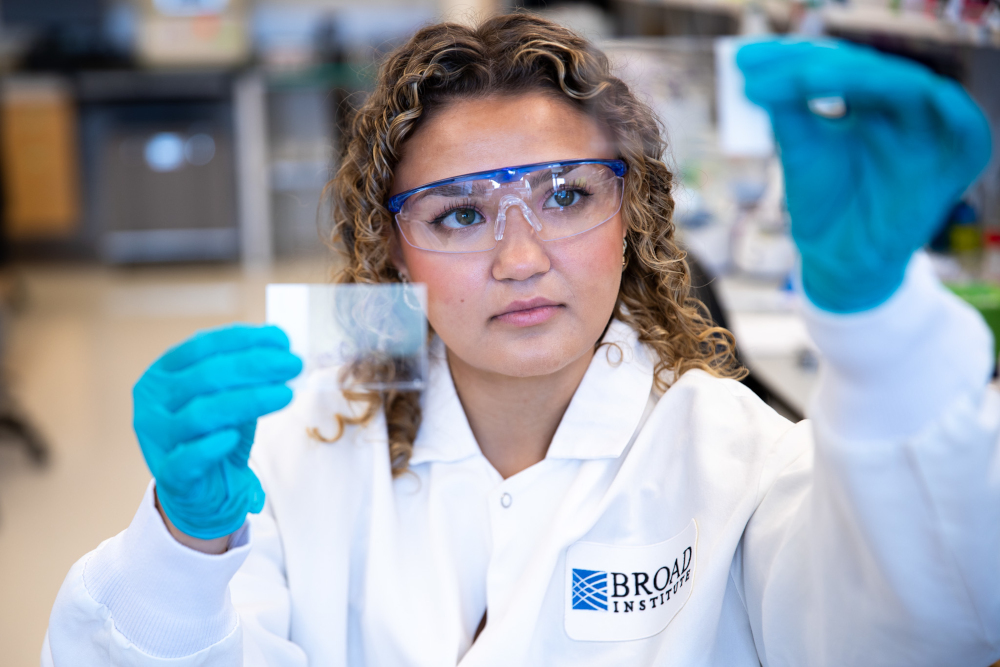About
Motivation
The human brain is among the most complex biological objects known: more than 100 billion highly specialized cells, connected in specific ways, cooperate to engage in problem-solving, observation, empathy, insight, and direction of the human body. To fully understand the brain’s function and vulnerabilities, we must learn about the biological variation across people.
An inventory of the human brain’s cellular components and their associated molecular repertoires – a cell atlas – will provide a powerfully enabling platform for translational neuroscience.

Mission
The mission of the Center is to:
- Create an essential atlas of the profound variation in human brain biology using the latest single-cell and spatial omics technologies
- Share this data resource with the scientific and public communities
- Expand our understanding of the ways the human brain varies in both healthy and neurological conditions and advance psychiatric research
- Engage in outreach activities with a variety of organizations serving the community

Research overview
The Center’s research goals are to:
- Construct an atlas of human brain cell variation using a large, varied set of brain donors
- Characterize the biological variation in the atlas
- Use the biological variation to reveal and understand brain function and dysfunction.
Please see our research page for more information.

Who we are
We are based at the Broad Institute of MIT & Harvard. Our interdisciplinary team of neuroscientists, human geneticists, computational biologists, and software engineers is led by Steve McCarroll, Evan Macosko, and Kiku Ichihara. The Center is funded by the NIH BRAIN initiative.
Our center is committed to assembling a project team with a variety of perspectives, while fostering a welcoming environment where all team members flourish.
Our core values
- Collaborative
- Community
- Integrity
- Innovation
- Exploration
